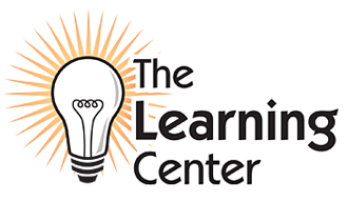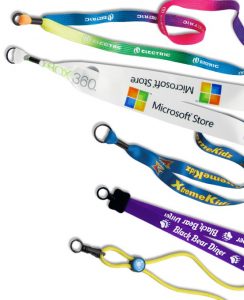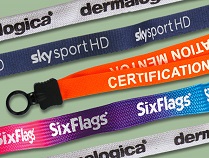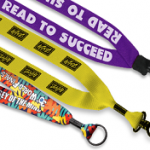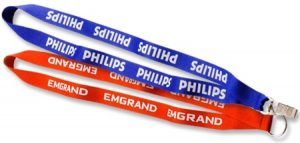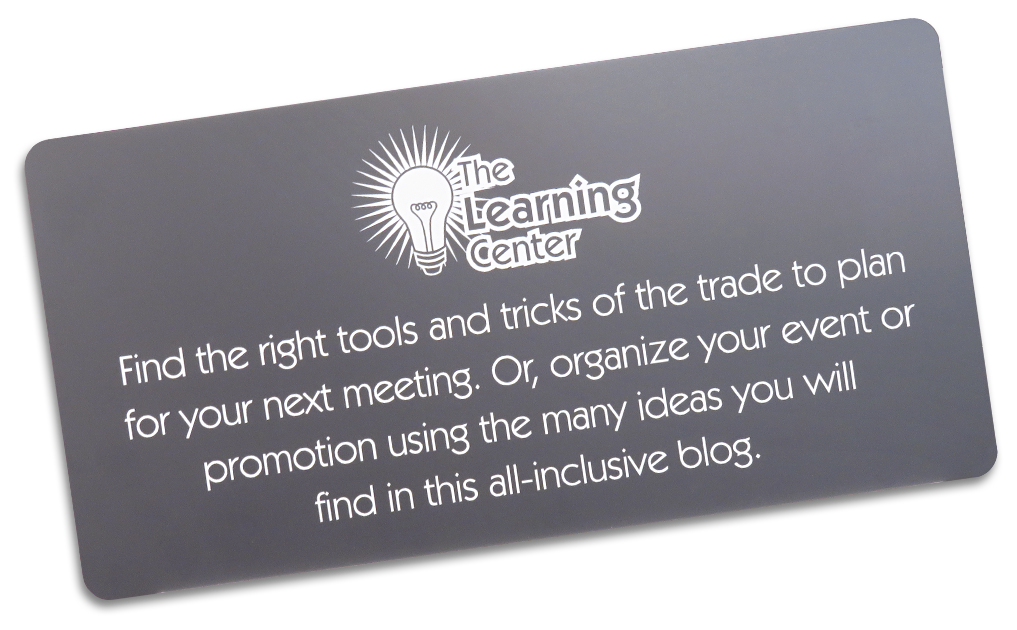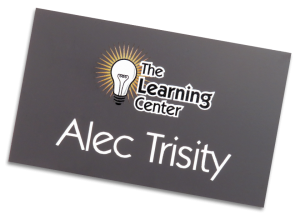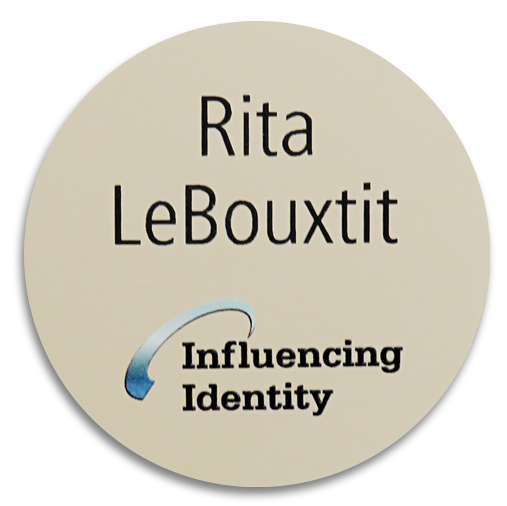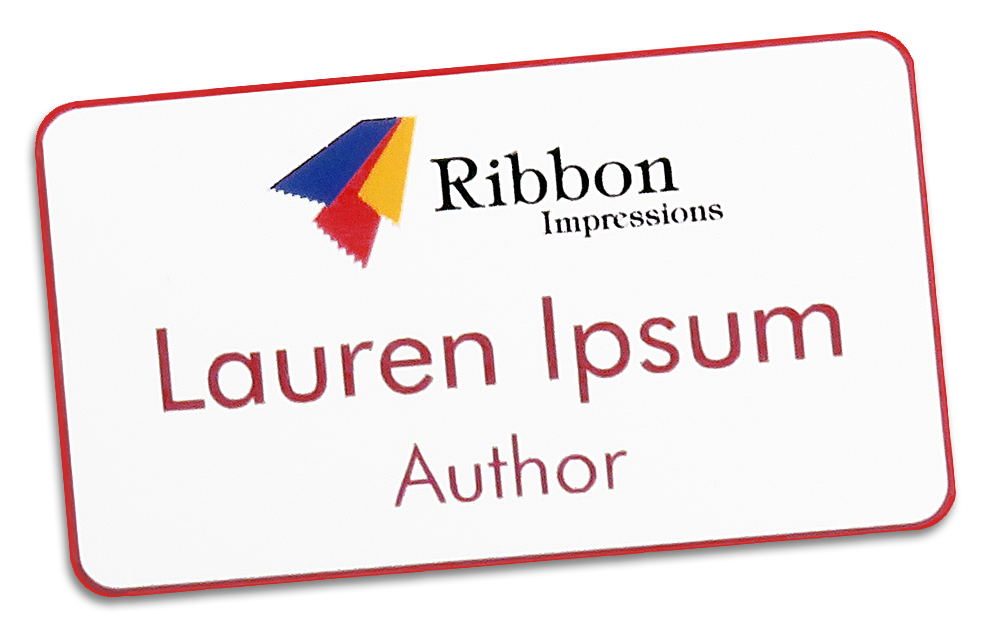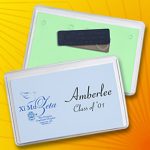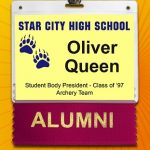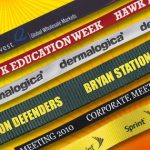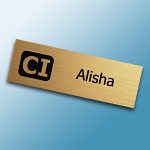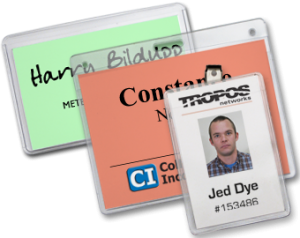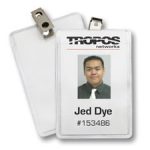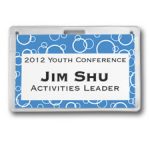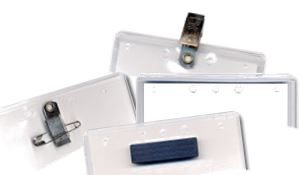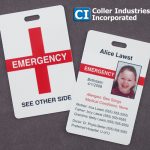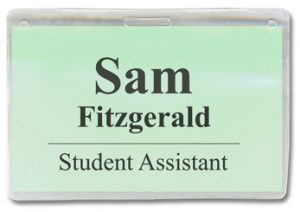While traditionally these identification tools work well with name tags and name badges, lanyards are good for so much more.
But, what are lanyards?
From offices and conferences to schools and hospitals, lanyards are everywhere. Not only do these tools help to keep a name tag close and easy to use, but they are great for a broad range of activities. From the workplace to schools and concerts to trade shows, lanyards are a perfect networking and branding tool. Attach keys, name badges, meeting agendas and more to a brightly colored lanyard at your next event.
Make your brand stand out with custom lanyards. A lanyard is often required for identification, but many people don’t realize their full effectiveness. The best thing about a lanyard is that they can have social and practical uses in everyday occasions and special events. From identification to advertising, use lanyards in multiple ways.
Use custom lanyards to add a sense of identity to work functions, conferences, trade shows and other events. When people are flowing through an event venue, it becomes necessary to keep track of them using credentials. Lanyards can add value to the event when customized with the convention name, sponsors or logo on them.
Conversations About A Lanyard
A lanyard is a piece of cord or ribbon that is formed into a loop and typically worn around the neck or belt exclusively to hold something, such as a name tag or name badge. They can also come as a chain or be retractable.
What are the different types of lanyards?
Lanyards come in a variety of fabric types and styles. Each fabric type has a unique look, and most of the fabrics can be imprinted with text and logos so they can be personalized. Each lanyard also has different fastener choices to use with name badges.
As lanyards are an easy way to display other identification tools, a variety of people use them every day. College students, teachers, employees in retail stores, some office workers and even government officials all wear them for security and to quickly show identification.
Where are they used, and when would I ever use one?
They are everywhere! Schools, offices, businesses, stores and so many more places use them frequently if not every day. Another common use is during conferences and conventions. Most of the time you would use one when either working at one of these places or helping to promote an event. Custom lanyards printed with text and logos are a great way of getting brands out into the public.
Why would I ever need a lanyard?
Because most lanyards are customized using text and logos, they are incredibly versatile. The text can be a phrase, a date or the name of an event or business. You will typically need to wear a lanyard if you need to have ID or credentials available to show to others or for security proof that you can be in a building or other typically private place.
Promotions, Business Use and Convention Swag
Promotional lanyards usually have a simple design which could include a business name, logo and website. They grab the attention of the people around the wearer and introduce them to their colleagues. When multiple organizations attend an event, a lanyard is also a quick way for people to recognize members from each organization or function.
Custom badge holders and promotional lanyards are great ways to introduce a company to prospective clients and event attendees. Products with logos for events make the event unforgettable. During such an event, lanyards can help to hold a stash of business cards to give away or store new business contact’s cards while also identifying the wearer. People don’t have to carry briefcases, bags or overstuff their pockets.
Trade shows and conventions are a great marketing terrain for customized lanyards and trade show organizers. They provide deluxe and classy organization and identification during any event. They can also double advertising power anywhere. Between networking and socializing, these can promote an idea to everyone in attendance during the event.
If a company requires security cards or photo IDs, lanyards are a great and useful way to keep these items handy. So, as you come to a security checkpoint or somewhere else you might need to show ID, you won’t have to search for your ID card. Lanyards are a low-cost option for identifying who belongs and who doesn’t. When providing employees with custom lanyards with either a company logo or slogan, they are easily identifiable and provide better security.
Everyone uses lanyards!
They are everywhere: schools, office buildings, sporting events and more. So many places use lanyards daily. Another common use is during conferences, conventions and other events.
While frequently used for displaying name tags, these promotional products have many different uses. Most people have found lanyards to be useful in everyday life. Use them to keep track of your keys, or use them to keep pens and other personal items close at hand.
The ABCs of Lanyards
Lanyards provide simplistic and efficient advertising. As they are usually worn around the neck, they remain easily accessible. As such, they are a perfect advertising opportunity. Lanyards make ideal giveaways at trade shows and conventions because they are quality-made and can include your business name and logo. Promotional lanyards will help customers remember your company and establish a positive brand image.
Know Your Audience
Always consider three things when dealing with lanyards: who is wearing it, who will see it and where it will be worn. Providing one during a convention or conference makes sure that there is a good possibility that it goes outside of the event. Lanyards given as part of a uniform are continually around someone’s neck to provide identification. And, remember that when you give someone a lanyard, the message included on it goes where ever the recipient does.
Never underestimate the power of a lanyard. They work with any dress code. Professionals can wear lanyards with their suit, dress shirt or blouse without compromising their appearance. They also allow people to carry their identification or credentials within reach for easy accessibility. And, when everyone wears the same lanyard in a business, it creates a sense of unity among the employees.
Networking is also an important aspect that lanyards are great at helping with. They quickly identify someone not only with a name badge, but with a company name and logo printed in plain sight. Providing employees with a custom lanyard with a business logo or slogan not only allows the employee to keep their name badge handy, but most of those who wear lanyards as part of their uniforms do not remove them after leaving work. This provides your company with extra, and free, walking advertising.
Keeping Consistent Branding
Lanyards are a commercial strategy to increase brand recognition. They will help customers and event attendees remember your company and establish a positive brand image. And, in addition to improving your brand image in your customer’s eyes, the use of promotional products, like custom lanyards, at trade shows opens up endless possibilities for a business to attract new consumers.
The Power of A Branded Lanyard
From advertising to practicality, branded lanyards benefit any business.
Custom lanyards have never gone out of style. And they continue to grow in popularity, especially when it comes to how they are branded. From sports team colors to business logos, each lanyard reminds the wearer of where they got it.
And, they are more than just a reminder to the wearer, they also let the beholder know more about your brand. Custom lanyards have the potential to reach far beyond what a name tag or badge does. Lanyards have far more useful applications than a name tag. While name tags are perfect for identifying employees and visitors, lanyards add security, branding and functionality to identification.
Lanyards are incredibly versatile due to their custom nature. Add text, logos, graphics and so much more to promote any brand. The text can be a phrase, a date or the name of an event or business. Wearing a lanyard makes ID or credentials more accessible to show to others or for security proof that you can be in a building or any other typically private place.
Keep your employees branded at all times. Add your logo and company color to a lanyard, and you won’t be able to give them out fast enough. Or, use a slogan or motto on branded lanyards to promote your business. These tools add recognition and identify not only the wearer but the company as well. Often, lanyards are a requirement for access to a building or meeting and can be used this way as advertising.
Maintain Open Communication
From security needs to simple identification for employees, lanyards are a key tool for any business. There are so many ways to use them for your company. They can be used for easy registration or entry management for an event. Using these to carry some form of ID helps everyone at your company feel safe. And, the list goes on.
Every retail worker should wear a lanyard with the company’s name or logo on it so customers know who to ask for help. This avoids the embarrassment of mistaking a fellow shopper for an employee and allows customers to enjoy their experience. It is especially important for cashiers and clerks to wear lanyards so customers know they are giving their money to an official employee. And then of course they are a commercial strategy to increase brand recognition.
Event lanyards clearly define who your staff are and where they belong. Using multiple colors or imprints also helps clarify different people at a business or during an event. Visitors can wear one color and employees another. Or, customize the printing to match your company needs. They also make it easy for employees to show their IDs or credentials to security personnel. By simply taking the time to customize them to differentiate groups, it shows that your brand is professional and you care enough to show it.
So, keep your audience’s attention, strengthen your brand and maintain open communication in your office and at your next event with custom lanyards that match your company goals.
